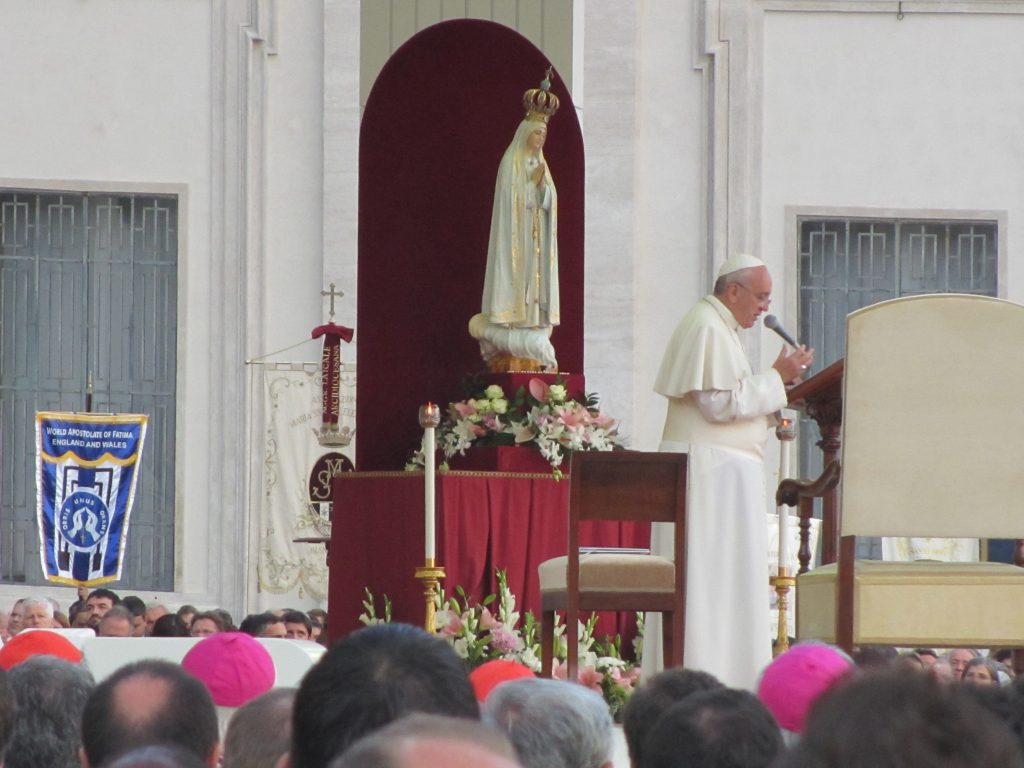Public International Associations of the Christian faithful
A Public International Association of the Christian faithful is an association of people erected by the Holy See, which alone can receive a mission to teach Christian doctrine in the name of the Church, promote public worship or pursue a purpose which by nature is reserved to ecclesiastical authority (canon 301 §1).
Public associations are able on their own initiative to undertake endeavours in keeping with their own character and according to their statutes, under the higher direction of the competent ecclesiastical authority. As a public association, the members act in the name of the Church when fulfilling the purpose of the association, and they commit themselves to become faithful witnesses of the Catholic faith in their families, at work, in their parishes and communities, participating in this way in the “New Evangelisation”.
Vatican Council II, and later post-conciliar teaching, has given special attention to the new forms of association of the Christian faithful and their participation in the life of the Church. In his Apostolic letter,Novo millennio ineunte, Blessed John Paul II wrote about the great importance of “the promotion of forms of associations, whether of the more traditional kind or the newer ecclesial movements, which continue to give the Church a vitality that is God’s gift and a true “Springtime of the Spirit” (46).
The Apostolate’s spirituality is simply to live Our Lady’s message, and to cause it to be lived. The meaning of the message was defined in the following words by the former Bishop of Leiria-Fatima, Alberto do Amaral (1916-2005):
“To know the message is to know the Gospel, to live the message is to live the Gospel. To accept the Message is to accept Revelation as interpreted by the authentic Magisterium of the Church. There is almost no article of the Faith of the Church which is not reaffirmed, explicitly or implicitly, in the message ofFatima, understanding this in its widest and deepest sense”. (From Bishop Amaral’s Prologue, dated 13 August 1991, to the work by Fr Fernando Leite, SJ, Francisco of Fatima, p. 5).
